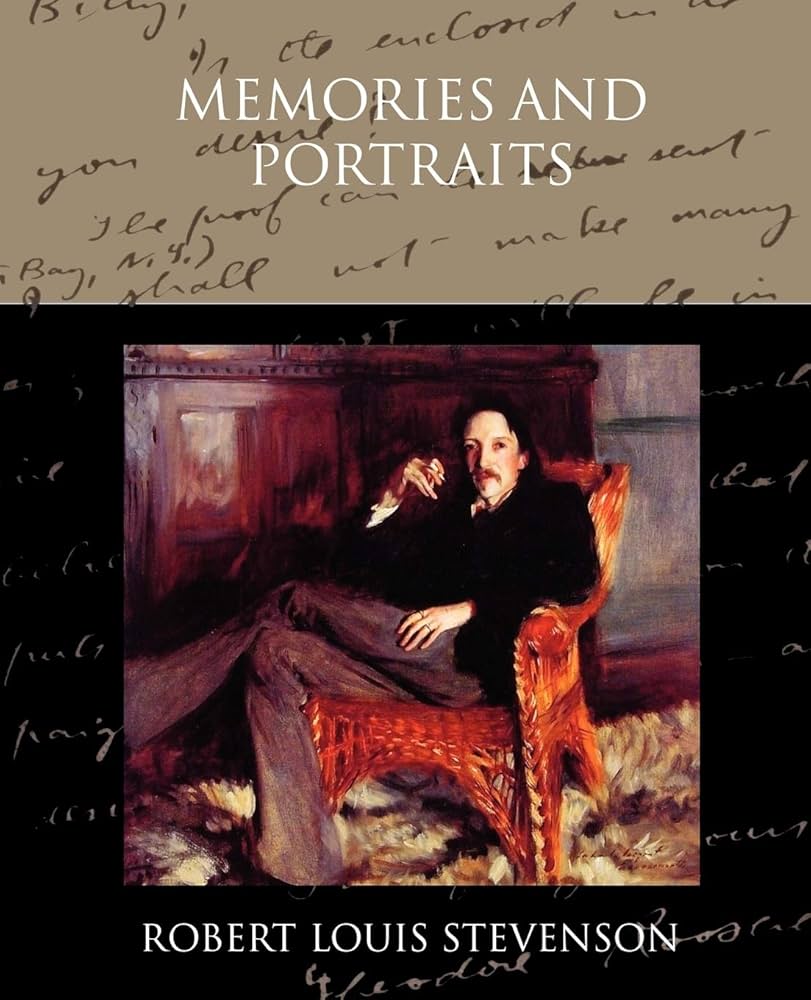Chapter VI — Memories and Portraits
byChapter VI opens with a portrait of a young man deeply immersed in the act of learning by doing. He wasn’t driven by deadlines or recognition, but by a persistent urge to understand how words worked. Always carrying both a book to read and a notebook to write in, he used the world around him as his silent instructor. Landscapes, conversations, and fleeting expressions became raw material for written experiments. Writing, to him, was not just a pastime but an obsession—one built not on talent alone but on repetition, self-correction, and unrelenting curiosity. Even when praised for his energy or dismissed for his idleness, he quietly pursued a private curriculum more rigorous than any school. His early habits, though scattered and often without structure, helped him internalize rhythm, tone, and clarity in ways that traditional instruction may not have provided.
There were moments when imitation became his only teacher. He filled page after page trying to write like Hazlitt, then tore them up in frustration. Days later, he would chase the cadence of Wordsworth, the balance of Addison, or the soul of De Quincey. He wasn’t trying to become them but to understand what made their voices distinct. Each style offered a new challenge, like climbing a different peak with unfamiliar footing. Through mimicry, he discovered the machinery behind sentence construction and the subtle force of narrative pacing. These studies did not yield immediate reward or audience approval. But they built a foundation of instinct that sharpened his skill far more deeply than spontaneous brilliance ever could.
Failures were frequent companions, but they never truly discouraged him. Instead, they were treated like useful maps—each pointing to blind spots in his technique. When a piece lacked harmony, he would trace it back to his earlier drafts and identify where the tone had shifted or the rhythm had broken. If a paragraph felt lifeless, he’d rewrite it in the voice of a different author, watching how the form revived under new influence. At times, this led to eclectic results—mixtures of Keatsian lushness with abrupt journalistic clarity. Yet even in confusion, progress hid beneath the surface. It wasn’t perfection he sought; it was evolution. Each awkward line or overwritten metaphor was evidence that he had dared to move.
Beyond stylistic growth, this period also nurtured resilience. Writing was done not for applause but for the challenge of doing it better the next time. The absence of an audience made each success more honest, and each failure less final. When shared, his work was offered only to those whose opinions he respected—people who spoke with clarity, not flattery. These quiet moments of validation, rare though they were, fueled his next creative push. The balance between imitation and invention slowly began to shift, and the sentences that once mimicked now hinted at something uniquely his. From these fragments, a writer’s voice started to emerge—tentative at first, but growing more confident with each draft.
He understood early that writing isn’t built from inspiration alone. It’s earned through revision, patience, and sustained attention. While his classmates chased temporary acclaim, he worked through another round of edits, hunting down better phrasing, crisper detail, and a more honest tone. Writing became less about impressing and more about refining. One page might go through a dozen iterations before it began to feel true. This method, though slow and sometimes frustrating, taught him a lesson many writers never learn: that talent may start the journey, but tenacity finishes it. No paragraph was left untouched until it earned its place.
Looking back, he doesn’t idealize the process. The growth came with long hours of self-doubt, frequent misfires, and the constant risk of becoming derivative. But within those trials lay the spark of progress—an understanding that the act of trying, failing, and trying again was the only real path forward. His early writing life, built from solitude and borrowed voices, evolved into a space where self-expression finally felt authentic. He became less a copyist and more an interpreter of the world around him. Each sentence, each attempt, marked another step toward the writer he had always wanted to become—not because he had arrived, but because he had chosen never to stop moving.

